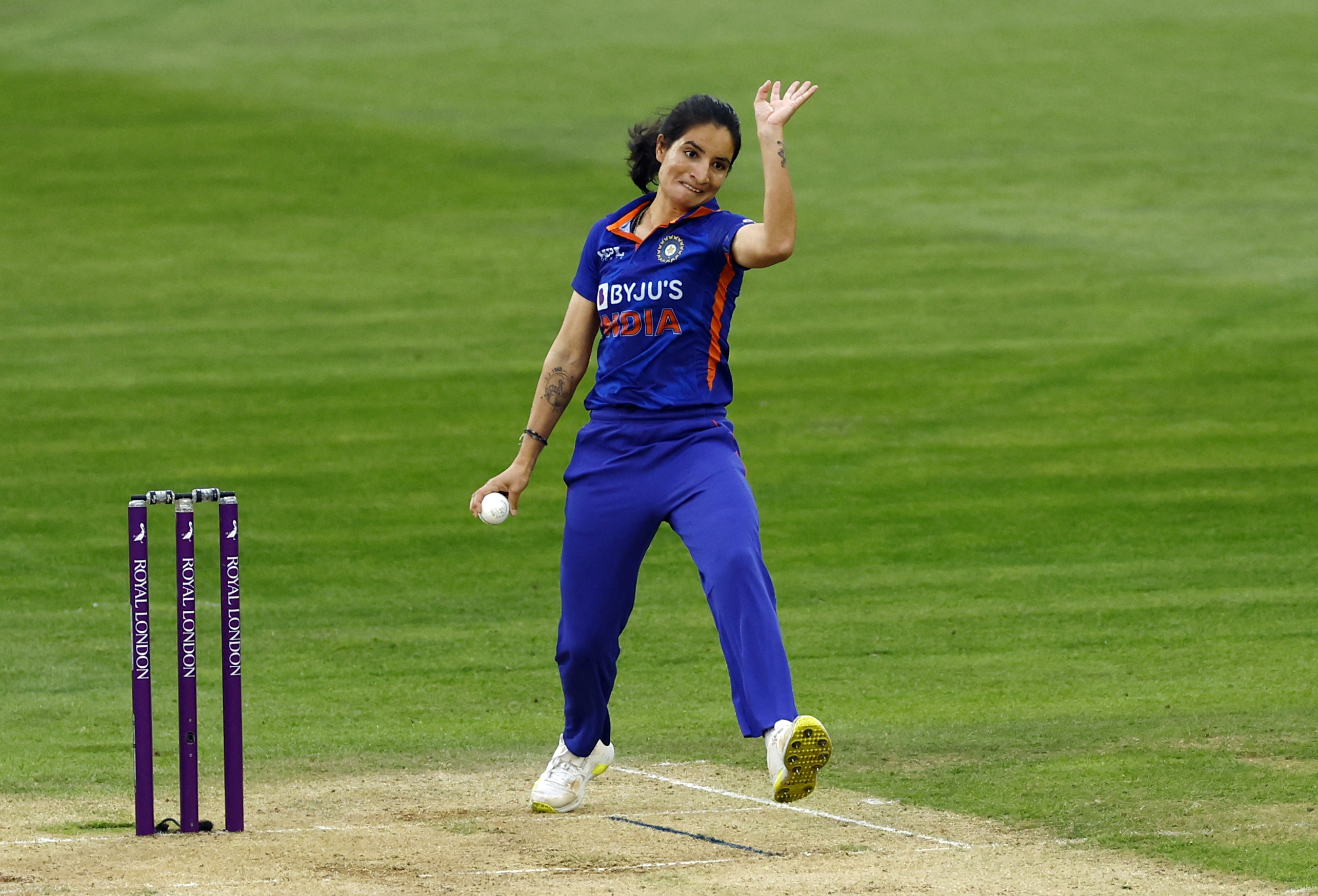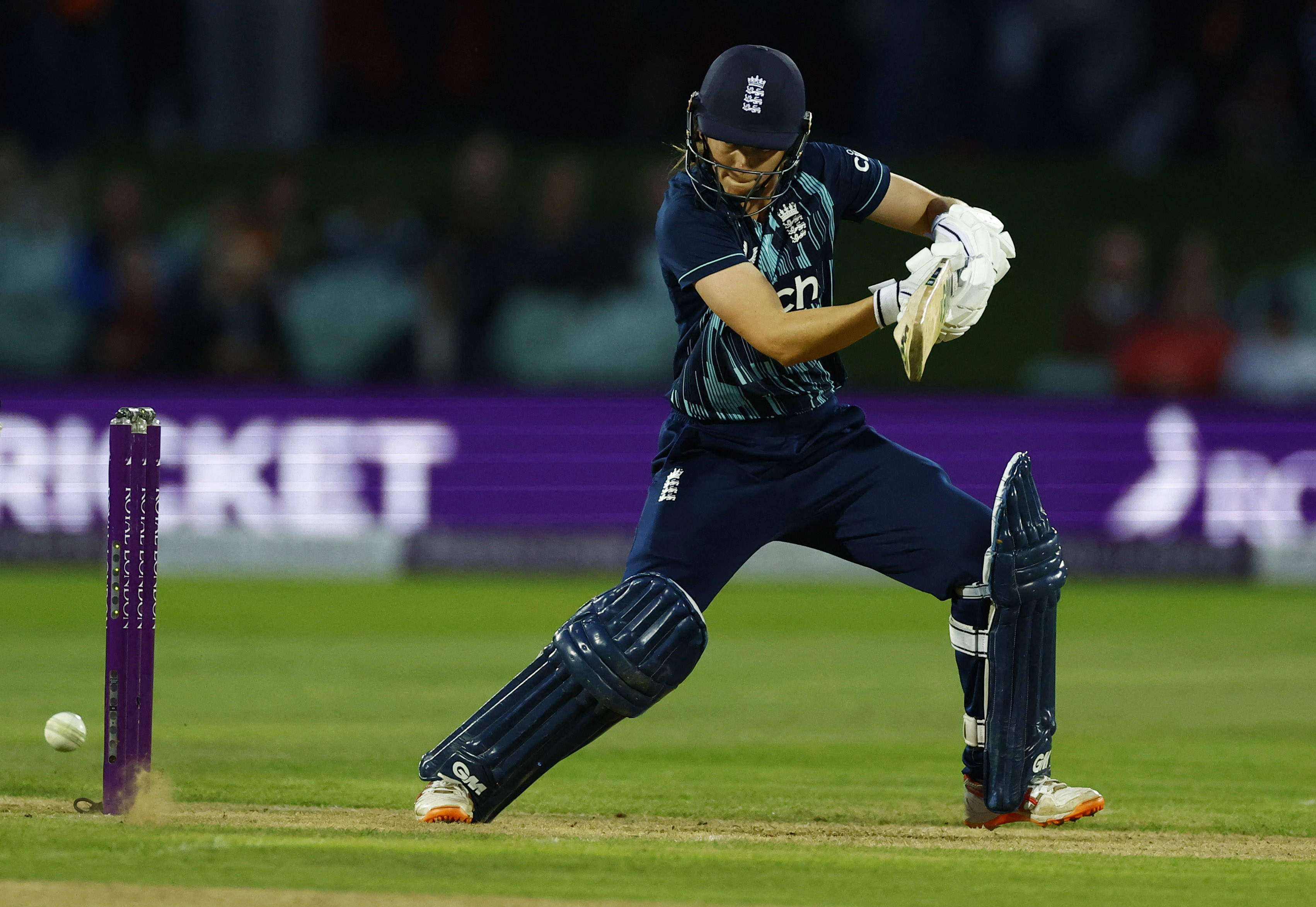You are viewing 1 of your 1 free articles
Stressed out: finding the optimal loading strategy for tibial and metatarsal bone stress injuries

Between one to two-thirds of competitive cross-country and long-distance runners have a history of bone stress injury (BSI)(1,2). Bone stress injury classification is based on the location and risk of progression to complete bone fracture(3,4). High-risk areas, such as the superior cortex of the femoral neck and anterior cortex of the tibia, require a more conservative approach compared to low-risk sites. Injuries to the posterior cortex of the tibial diaphysis and dorsal cortex of the metatarsal diaphysis, which account for over 50% of all BSIs, are low-risk(5). With an average return to sports of 8.7 weeks, practitioners and athletes can manage low-risk BSI with non-invasive interventions(6).
Etiology and healing
Repetitive mechanical loading, such as running, creates microdamage to the bone. If microdamage accumulates too quickly, a BSI may occur(7). The body responds with two healing processes: targeted bone remodeling and modeling. Targeted remodeling attacks the exact areas of microdamage. Osteoclasts remove the damaged parts, and osteoblasts fill in with new bone(8). Bone modeling is a rapid process that forms a callus on the periosteal surface around the area of microdamage. The callus acts as scaffolding and increases the mechanical tolerance of the bone(9).Rehabilitation principles
Symptom surveillance and modification are crucial to the rehabilitation of a BSI. Unlike soft tissue injuries, which can produce pain during rehabilitation and healing without further tissue damage when managing a BSI, avoid activities that cause acute or residual pain. Scale back activity if pain occurs(10).Though repetitive mechanical load is the reason for BSI, rehabilitation should not eliminate loading. Wolff’s law states that mechanical stress is osteogenic, and thus load should be part of the healing process(11). Therefore, weeks spent in a walking boot should not be the first line of treatment. Instead, the athlete and practitioner should identify the optimal load between mechanical stress and rest. The optimal loading strategies include maintaining aerobic capacity and incorporating resistance training (see table 1).
| Goal | Tibial BSI | Metatarsal BSI |
|---|---|---|
| Pain-free gait | Use of cushioned shoes/insoles. | Use of stiff or rocker-soled shoes. |
| Pain relief | Analgesics/NSAIDs for no more than 7 days to help with night/resting pain (should not be used to achieve pain-free gait). | |
| Maintain aerobic capacity | Initiate low-load activities such as cycling, swimming, or deep water running. | |
| Progress to elliptical or antigravity treadmill once gait is pain-free. | ||
| Promote musculoskeletal fitness | Open kinetic chain strength program aimed at thigh and hip musculature (resistance proximal to BSI location). | Strength program aimed at intrinsic foot, thigh, and hip musculature. |
| Begin plantar flexor resisted training at week 3-4 (dependent on grade of BSI). | No plantar flexor resisted training until no bone tenderness on palpation. | |
| Progress to high intensity (60-80% of 1 rep max), low repetition (5-15 repetitions) as appropriate. |
Return to running
Begin running once an athlete is pain-free at rest for five days and can perform consecutive single leg hops without pain. At first, athletes should view running as a controlled bone-loading activity rather than a means to build aerobic capacity. Start the athlete at 50% of their usual pace and alternate between walking and jogging(12). If symptoms allow, they can progress to running every other day. To limit the overall bone loading, advise an increase in volume before intensity. Overall, a 5-10% weekly increase in running time is appropriate using symptoms as a guide (see table 2).| Initiate jogging at 50% of training pace. | |
| Day 1 | Walk: 9 min. / Jog: 1 min. (total 30 min.) |
| Day 3 | Walk: 8 min. / Jog: 2 min. (total 30 min.) |
| Day 5 | Walk: 7 min. / Jog: 3 min. (total 30 min.) |
| ¦ | |
| Day 15 | Walk: 2 min. / Jog: 8 min. (total 30 min.) |
| Day 17 | Jog: 30 minutes (50% pace) |
| Day 19 | Run: 30 minutes (60% pace) |
| ¦ | |
| Day 27 | Run: 30 minutes (100% pace) |
Addressing future risk
Practitioners and athletes should mitigate the risk of a BSI reoccurrence through a holistic management program. The presence of BSI may indicate a relative energy deficiency, known as ‘RED-S’. Therefore, practitioners should address the athlete’s nutritional and energy demands during the injury management process(13).Running is not sufficient to stimulate bone growth. Plyometrics can increase mechanical bone properties (e.g., maximum vertical jumps and alternating lunge jumps). Progress plyometrics increasing by a few repetitions per session. Perform multiple sessions per day for at least three days per week(14). As muscular forces create the highest bone loads, athletes should focus on explosive take-off during jumps and landing softly to decrease the impact(15). Athletes with recurrent tibial BSIs may benefit from gait retraining. An increase in cadence (5-10%) can reduce the likelihood of a tibial BSI(16).
Conclusion
An optimal rehabilitation strategy involves maintaining aerobic capacity, resistance training, and addressing risk factors for athletes with low-risk BSIs. Practitioners and athletes should monitor pain closely and progress rehabilitation accordingly. During the return to running process, athletes should prioritize volume over intensity. A holistic management strategy should include plyometric training and athlete education regarding nutritional energy requirements and load management to address future risks and improve bone health.References
- Med Sci Sports Exerc. 2007 Sep;39(9):1457-63.
- Clin J Sport Med. 1995;5(4):229-235.
- J Am Acad Orthop Surg. 2000;8(6):344-353.
- Am J Sports Med. 2001;29(1):100-111.
- J Athl Train. 2017;52(10):966-975.
- BMC Musculoskelet Disord. 2012;13:139.
- J Orthop Res. 2009;27(10):1272-1279.
- 2002;30(1):2-4.
- J Bone Miner Res. 2007;22(10):1548-1556.
- J Orthop Sports Phys Ther. 2021;1-28.
- Angle Orthod. 1994;64(3):175-188.
- J Orthop Sports Phys Ther. 2014;44(10):749-765.
- Br J Sports Med. 2014;48(7):491-497.
- Med Sci Sports Exerc. 2018;50(12):2544-2554.
- Curr Osteoporos Rep. 2015;13(1):1-8.
- Med Sci Sports Exerc. 2009;41(12):2177-2184.
Newsletter Sign Up
Subscriber Testimonials
Dr. Alexandra Fandetti-Robin, Back & Body Chiropractic
Elspeth Cowell MSCh DpodM SRCh HCPC reg
William Hunter, Nuffield Health
Newsletter Sign Up
Coaches Testimonials
Dr. Alexandra Fandetti-Robin, Back & Body Chiropractic
Elspeth Cowell MSCh DpodM SRCh HCPC reg
William Hunter, Nuffield Health
Be at the leading edge of sports injury management
Our international team of qualified experts (see above) spend hours poring over scores of technical journals and medical papers that even the most interested professionals don't have time to read.
For 17 years, we've helped hard-working physiotherapists and sports professionals like you, overwhelmed by the vast amount of new research, bring science to their treatment. Sports Injury Bulletin is the ideal resource for practitioners too busy to cull through all the monthly journals to find meaningful and applicable studies.
*includes 3 coaching manuals
Get Inspired
All the latest techniques and approaches
Sports Injury Bulletin brings together a worldwide panel of experts – including physiotherapists, doctors, researchers and sports scientists. Together we deliver everything you need to help your clients avoid – or recover as quickly as possible from – injuries.
We strip away the scientific jargon and deliver you easy-to-follow training exercises, nutrition tips, psychological strategies and recovery programmes and exercises in plain English.









